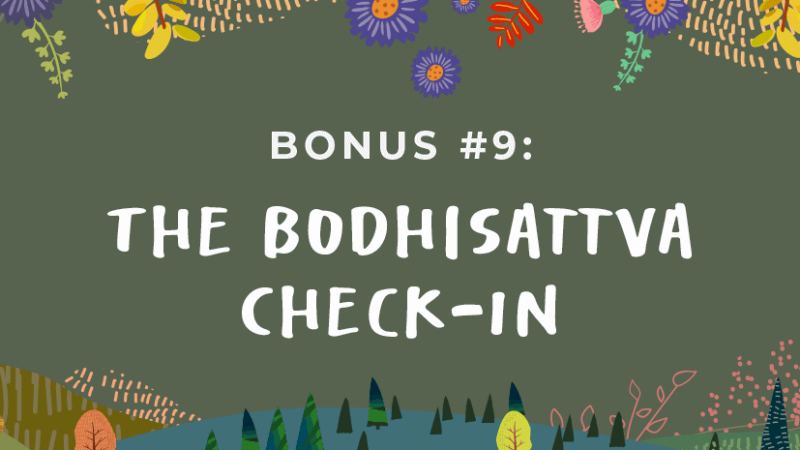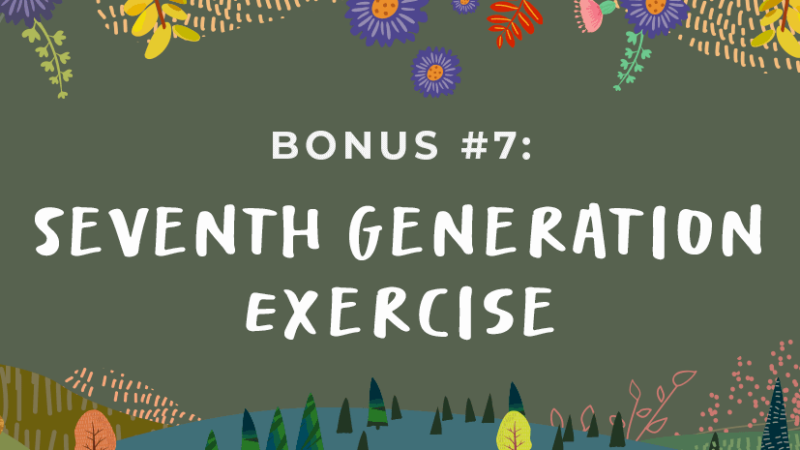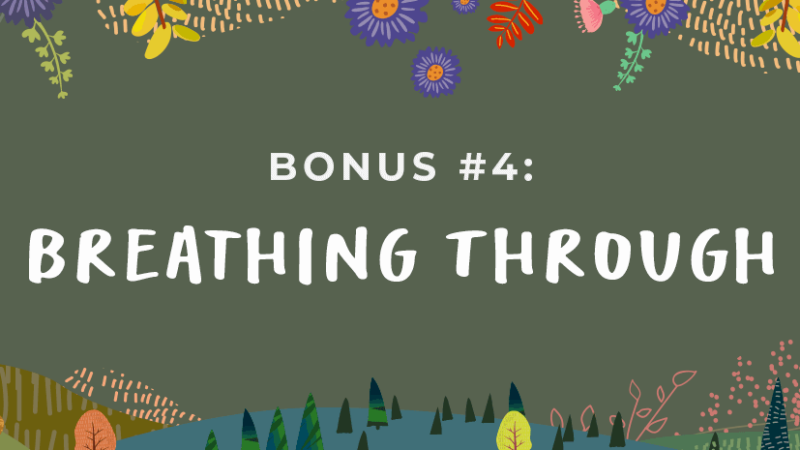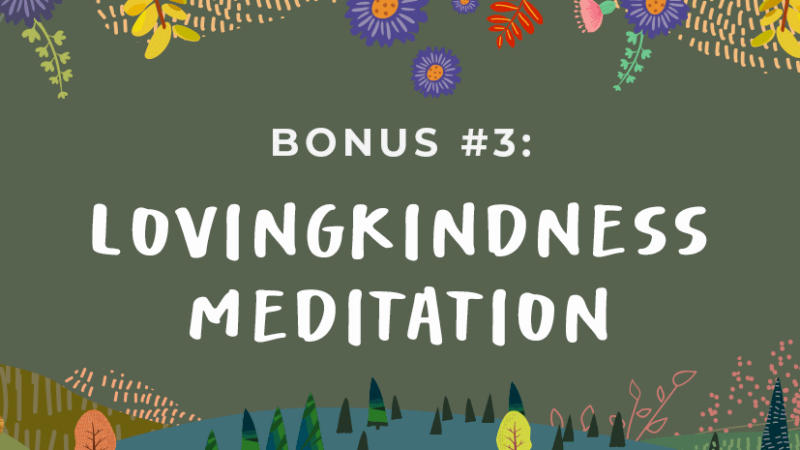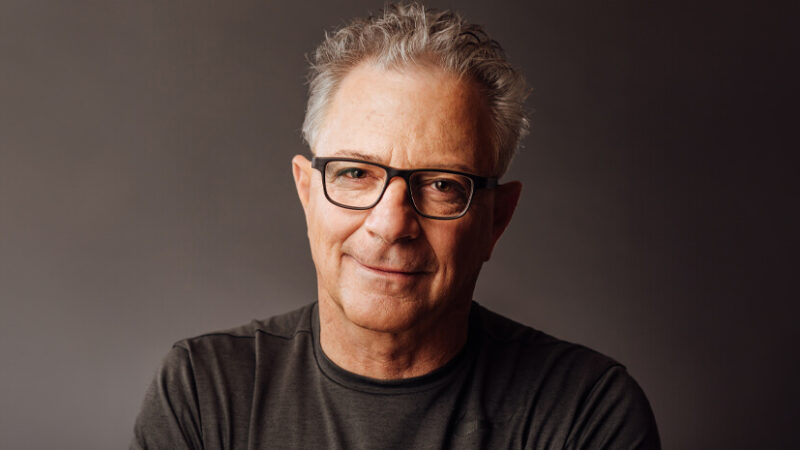Ep 9 Bonus: The Bodhisattva Check-In
This bonus episode will support you to take the main insights from Episode 9: “Live the Questions Now” deeper into your life.
Jess will guide you through an adaptation of the Work That Reconnects exercise called “The Bodhisattva Check-In.” In Buddhism, the bodhisattva is the archetype of the compassionate person who devotes themself to collective well-being.
In this exercise, you will be invited to use your imagination to “step in” to each of the circumstances of your life in order to make the contribution to the Great Turning that is yours to make.
All you’ll need for this bonus exercise is enough space to take slow meditative steps in a straight line or in a circle. A living room or a yard are great. If you don’t want to or can’t walk, there will be instructions on how to do this without moving. You’ll need a total of 20 minutes, including time after the recording has ended.
We recommend starting a podcast club with friends or family to do these practices together. Links and assets to help prompt reflection and build community can be found with every episode on WeAreTheGreatTurning.com.
